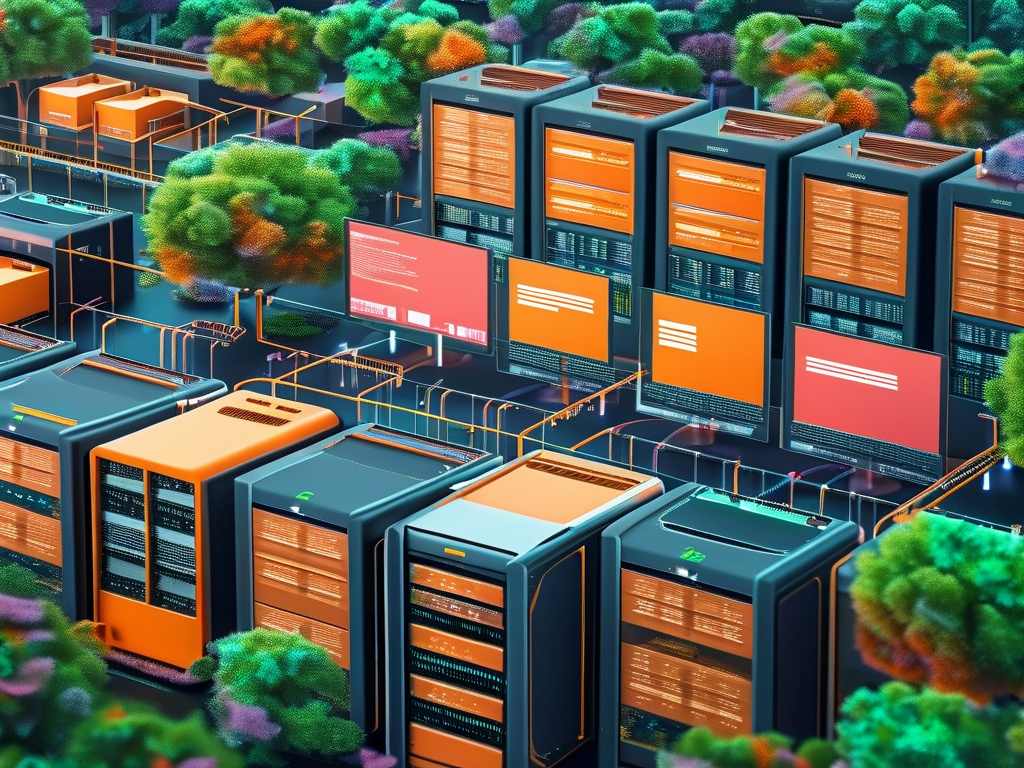The evolution of industrial automation and smart technologies has driven the demand for advanced electrical control systems. Distributed architectures, which decentralize processing and decision-making across interconnected modules, have emerged as a cornerstone for modern applications ranging from electric vehicles to smart grids. This article explores the systematic design process for distributed electrical control architectures, emphasizing practical methodologies and critical considerations.

Core Principles of Distributed Architecture
A distributed electrical control system relies on modular components that operate independently while communicating via standardized protocols. Unlike centralized systems, this approach enhances scalability, fault tolerance, and real-time responsiveness. For instance, in electric vehicle powertrains, distributed control units manage batteries, motors, and energy recovery systems concurrently, minimizing latency and single-point failures.
Design Workflow Overview
The design process begins with requirement analysis, where functional and non-functional criteria—such as latency thresholds, power efficiency, and safety standards—are defined. Engineers then map subsystems (e.g., sensors, actuators, controllers) and their interdependencies. Tools like UML diagrams or SysML models are often employed to visualize data flows and control hierarchies.
Next, communication protocol selection becomes pivotal. CAN bus, Ethernet/IP, and TSN (Time-Sensitive Networking) are common choices, each balancing bandwidth, determinism, and cost. For example, CAN bus remains prevalent in automotive systems due to its robustness, while TSN gains traction in industrial automation for its ultra-low latency.
Hardware-software co-design follows, ensuring compatibility between physical components and embedded algorithms. A typical implementation might involve:
# Pseudocode for a distributed node communication
def node_update(sensor_data):
if sensor_data > threshold:
publish_alert("overload", priority=HIGH)
else:
adjust_actuator(sensor_data)
This snippet illustrates how edge nodes process data locally and trigger actions or alerts based on predefined logic.
Integration and Validation
Post-development, rigorous integration testing validates system cohesion. Techniques like Hardware-in-the-Loop (HIL) simulate real-world scenarios to identify timing conflicts or resource bottlenecks. In one case study, a solar microgrid controller revealed communication delays during peak load transitions, prompting protocol optimization.
Challenges and Mitigations
Designers often grapple with interoperability across heterogeneous components. Adopting middleware like ROS 2 (Robot Operating System) or OPC UA standardizes data exchange, easing integration. Additionally, cybersecurity risks in distributed networks necessitate encrypted communication and role-based access controls.
Another challenge lies in power management, especially for battery-dependent systems. Techniques such as dynamic voltage scaling or sleep scheduling extend operational lifespans. For example, IoT-enabled HVAC systems use adaptive polling intervals to balance responsiveness and energy consumption.
Industry Applications
Automotive: Distributed ECUs (Electronic Control Units) manage engine control, ADAS, and infotainment seamlessly.
Smart Manufacturing: Modular PLCs (Programmable Logic Controllers) enable reconfigurable production lines.
Renewable Energy: Decentralized inverters and monitoring systems optimize grid stability.
Future Trends
Emerging technologies like 5G and edge AI will further decentralize control architectures. Federated learning, for instance, allows distributed nodes to collaboratively refine algorithms without centralized data aggregation—enhancing privacy and efficiency.
Designing a distributed electrical control architecture demands a holistic approach, blending technical precision with adaptability. By adhering to structured workflows and addressing interoperability and security early, engineers can build resilient systems capable of meeting tomorrow’s technological challenges.








